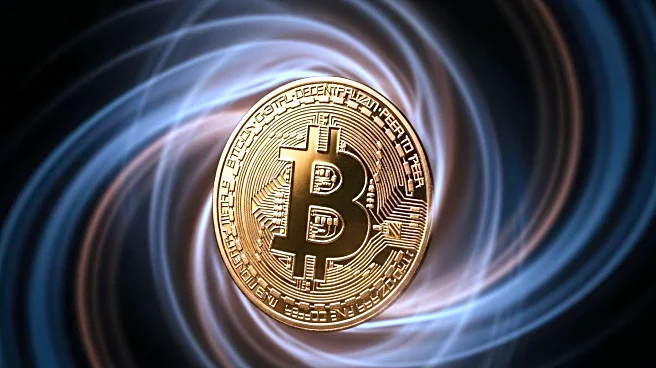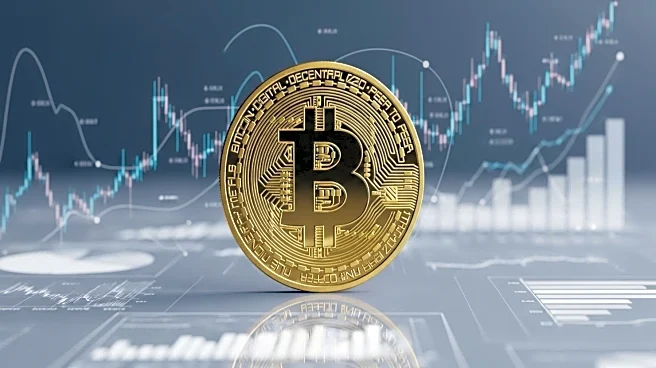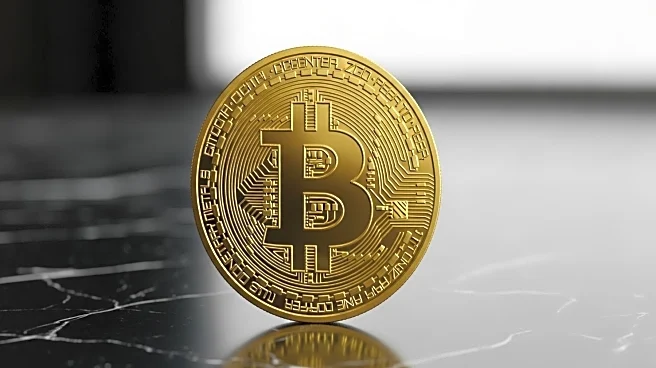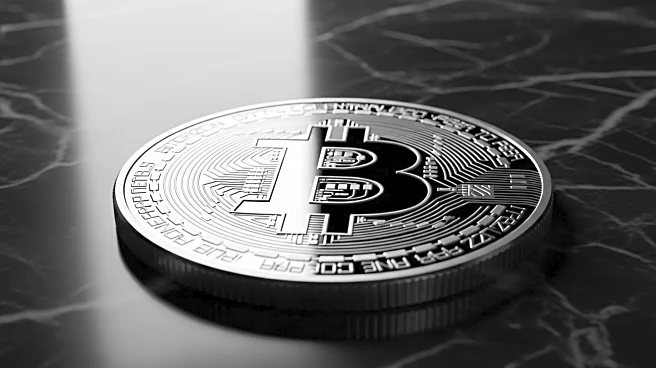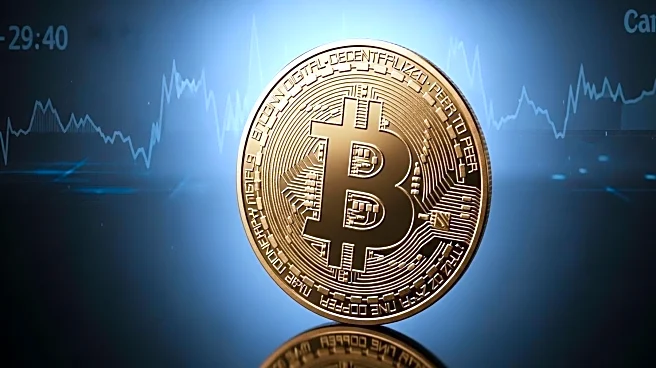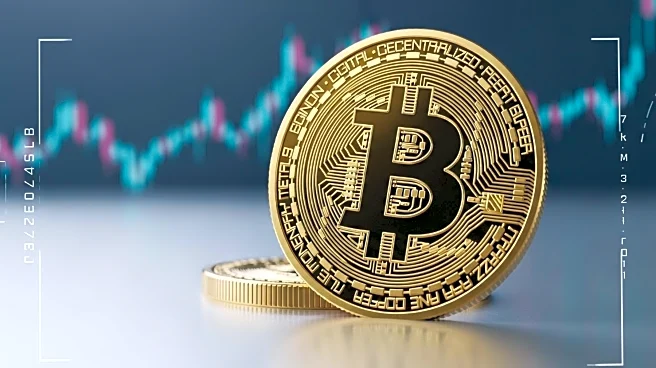What's Happening?
Bitcoin's price history is characterized by extreme volatility, with significant surges followed by steep declines. Despite these fluctuations, Bitcoin has shown a pattern of asymmetric recovery, often rebounding to new highs after crashes. This resilience is attributed to factors such as institutional adoption, regulatory clarity, and a maturing market. The concept of 'hodling,' or holding onto Bitcoin through downturns, has become a cultural and strategic approach for long-term investors, emphasizing emotional discipline and a focus on Bitcoin's fundamental value.
Why It's Important?
Understanding Bitcoin's volatility and recovery patterns is crucial for investors and the broader financial market. The ability to endure market dumps and capitalize on subsequent pumps can lead to significant financial gains. Institutional involvement and regulatory developments are stabilizing forces that could reduce extreme volatility, making Bitcoin a more attractive asset for traditional investors. The psychological resilience required to navigate Bitcoin's market dynamics highlights the importance of investor education and risk management strategies.
What's Next?
As Bitcoin continues to mature, its market dynamics may evolve, potentially reducing the frequency and severity of extreme price swings. Institutional participation and regulatory advancements could further stabilize the market, attracting more investors. However, the inherent volatility of Bitcoin means that psychological resilience will remain essential for long-term success. Investors may need to adopt new strategies and tools to manage emotional and financial risks associated with Bitcoin trading.
Beyond the Headlines
The cultural identity of 'hodling' reflects a broader narrative of Bitcoin as a decentralized store of value and hedge against inflation. This identity-driven investment approach underscores the role of community and narrative in sustaining investor resilience. However, it also poses risks of herding behavior and susceptibility to market sentiment, highlighting the need for critical thinking and independent analysis in investment decisions.
